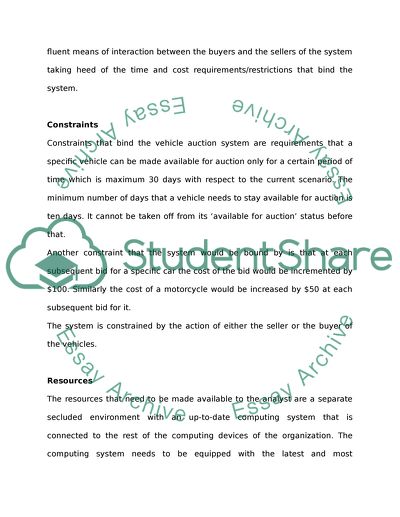Cite this document
(“Systems Analysis, Design and Development (Object Oriented using UML) Term Paper”, n.d.)
Retrieved from https://studentshare.org/information-technology/1395231-systems-analysis-design-and-development-object-oriented-using-uml
Retrieved from https://studentshare.org/information-technology/1395231-systems-analysis-design-and-development-object-oriented-using-uml
(Systems Analysis, Design and Development (Object Oriented Using UML) Term Paper)
https://studentshare.org/information-technology/1395231-systems-analysis-design-and-development-object-oriented-using-uml.
https://studentshare.org/information-technology/1395231-systems-analysis-design-and-development-object-oriented-using-uml.
“Systems Analysis, Design and Development (Object Oriented Using UML) Term Paper”, n.d. https://studentshare.org/information-technology/1395231-systems-analysis-design-and-development-object-oriented-using-uml.


